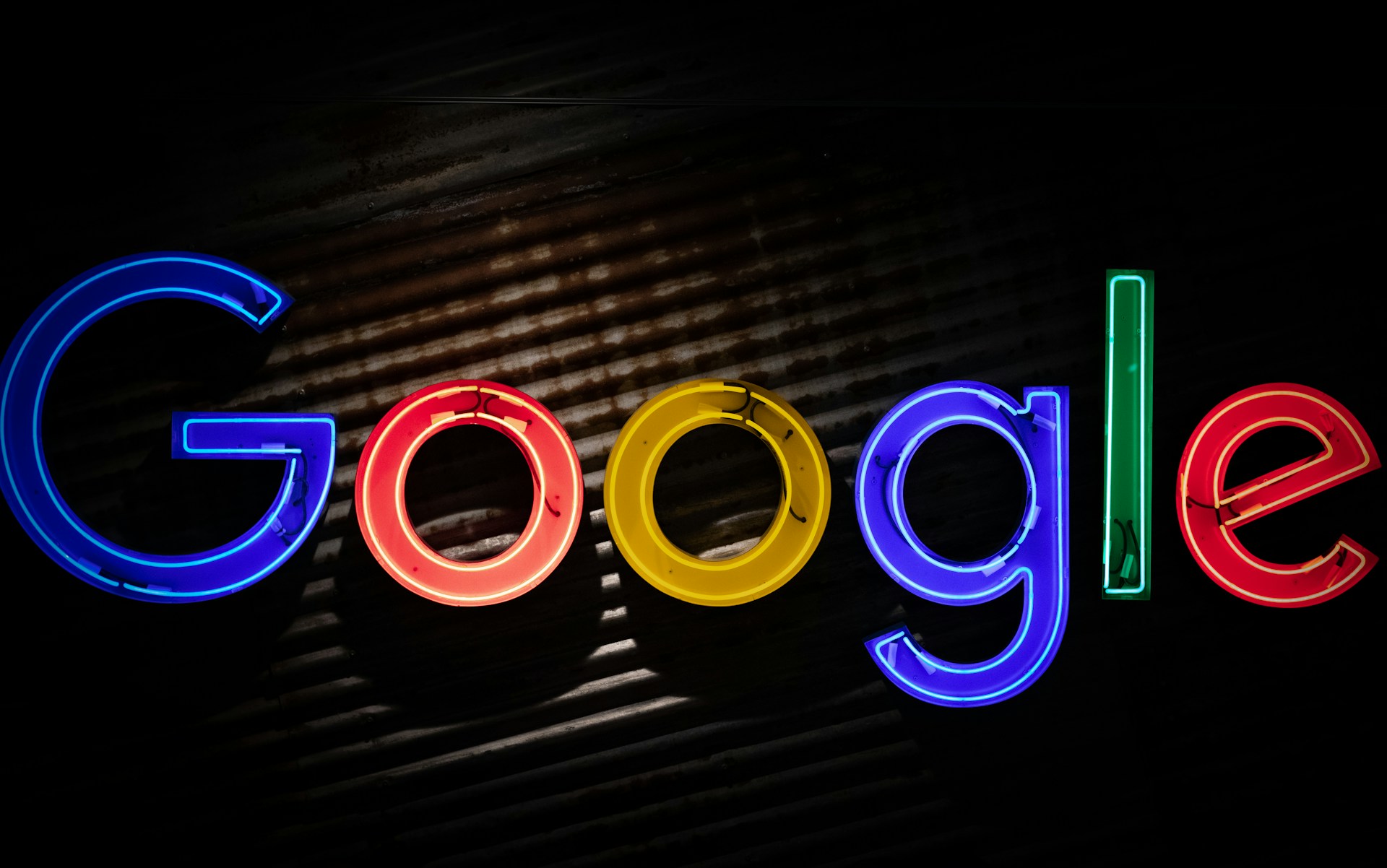Google has accidentally unveiled its new Android design language, Material 3 Expressive, ahead of its official reveal at the Google I/O developer conference. The leak, which originated from a now-deleted blog post, sheds light on a significant update to the Material You design system introduced in 2021. Material 3 Expressive aims to create a more emotionally engaging and user-friendly experience by emphasizing intuitive design elements.
This new design language focuses on enhancing usability by making interface elements more prominent and accessible. Google’s research, which involved over 18,000 participants across 46 design iterations, has led to a system that enables users to find key features up to four times faster compared to previous Android interfaces. This improvement aims to streamline user interactions and make the overall experience smoother.
Material 3 Expressive incorporates bold use of color, shapes, sizes, and motion to create interfaces that resonate emotionally with users. Unlike previous design approaches, these visual elements are not only aesthetically appealing but are also strategically implemented to improve functionality. The new design features dynamic color schemes that adapt to both light and dark modes, supporting system-wide and brand-specific themes. Additionally, expressive shapes are introduced to further personalize the interface, enhancing the emotional connection with the user.
The update also introduces customizable motion schemes and flexible theming options. Developers will have the ability to override colors, typography, shapes, and motion for specific UI elements, allowing for a highly personalized experience. This flexibility provides developers with more control over the user interface, enabling them to tailor applications according to their vision while maintaining a consistent and intuitive user experience.
Material 3 Expressive is expected to be fully implemented with the upcoming Android 16 release. However, developers will gain early access during the Google I/O conference, where a session titled “Build next-level UX with Material 3 Expressive” will provide detailed insights into the new design system. This session will also offer practical resources to help developers begin integrating the system into their applications.
As Google prepares for the official rollout, the introduction of Material 3 Expressive signals a pivotal shift towards more dynamic, user-focused mobile interfaces. The upcoming update is set to play a key role in shaping the future of mobile user experience, combining aesthetics with functionality for a more engaging interaction with Android devices.


